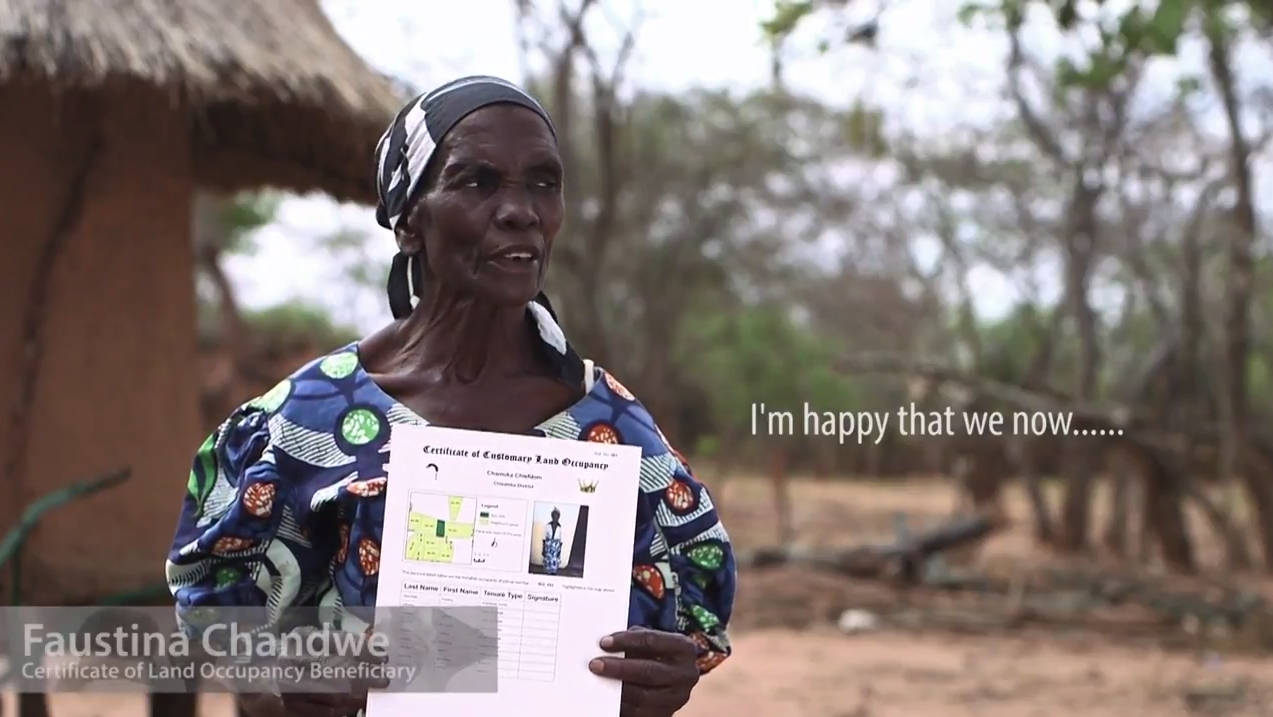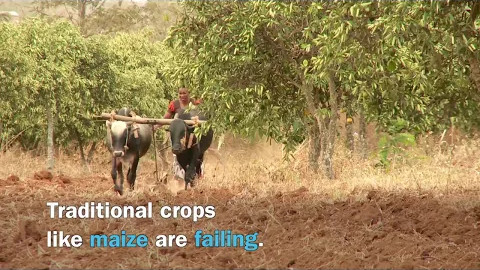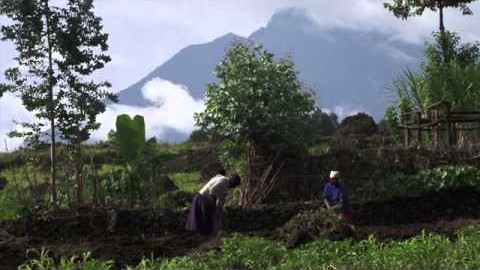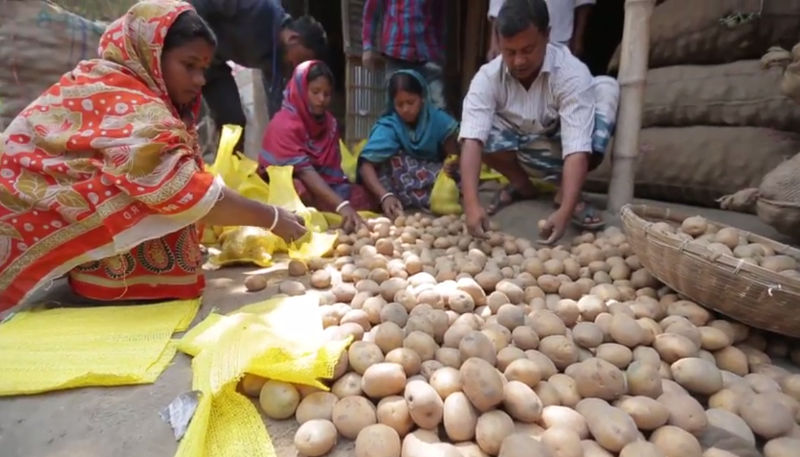Select indicator
 Contribute to zero malnutrition in 2030
Contribute to zero malnutrition in 2030
The Netherlands aims to lift 32 million people (especially children) out of undernourishment between now and 2030. Thus far, nutrition activities supported by the Netherlands directly reach tens of millions of people and children each year. The consolidated effects of that reach (on food intake, access to food and nutritional resilience) should eventually result in them no longer suffering from undernourishment.
Number of people (especially children) with better food intake
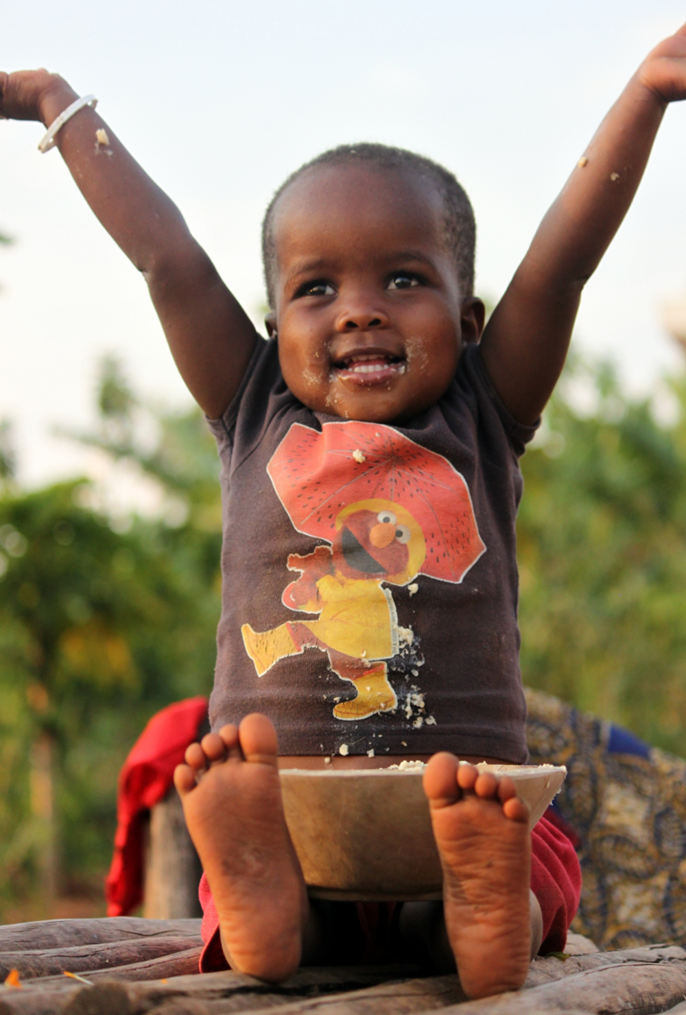
What does this indicator mean?
To monitor progress, the Netherlands is tracking the number of people (especially children) that have received direct treatment for (severe) malnutrition, supplemental feeding, extra vitamins and/or a deworming treatment. As a consequence, their food intake improved compared to non-intervention cases.
What does the result mean?
Interventions supported by the Netherlands directly reached more than 33 million people/children in 2016 and more than 15 million of those have demonstrably improved their food intake. In 2015, about 18 million people were reached, with a demonstrably improved food intake for about 10 million people.
 Contribute to zero malnutrition in 2030
Contribute to zero malnutrition in 2030
The Netherlands aims to lift 32 million people (especially children) out of undernourishment between now and 2030. Thus far, nutrition activities supported by the Netherlands directly reach tens of millions of people and children each year. The consolidated effects of that reach (on food intake, access to food and nutritional resilience) should eventually result in them no longer suffering from undernourishment.
Number of people with better access to food
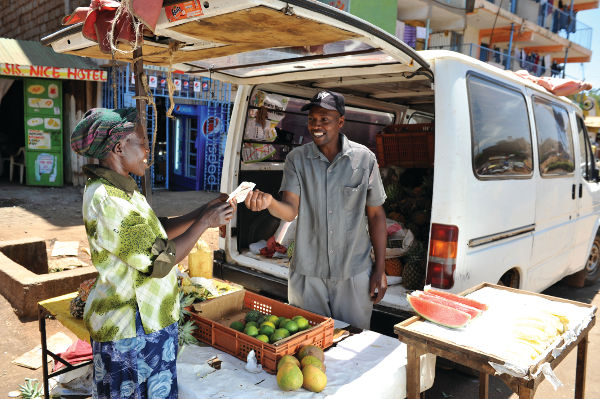
What does this indicator mean?
To monitor progress, the Netherlands is tracking the number of people (especially children) that have directly benefited from a better local supply of food (e.g. through kitchen gardens, locally processed complementary food or diversified/improved food items in local shops) or have been supported in obtaining food (e.g. through social programmes).
What does the result mean?
Netherlands-supported interventions directly reached more than 33 million people/children in 2016 and more than 1.3 million of those demonstrably obtained better access to food. In 2015, about 18 million people were reached, with demonstrably improved access to food for about 4.9 million people. The decrease is due to a large UNICEF programme that provided better access to food for 4 million children in 2015, while the measured effects in 2016 focused on improved intake of food (reported under the first indicator).
 Contribute to zero malnutrition in 2030
Contribute to zero malnutrition in 2030
The Netherlands aims to lift 32 million people (especially children) out of undernourishment between now and 2030. Thus far, nutrition activities supported by the Netherlands directly reach tens of millions of people and children each year. The consolidated effects of that reach (on food intake, access to food and nutritional resilience) should eventually result in them no longer suffering from undernourishment.
Number of people with a nutritional situation more resilient to shocks and stresses
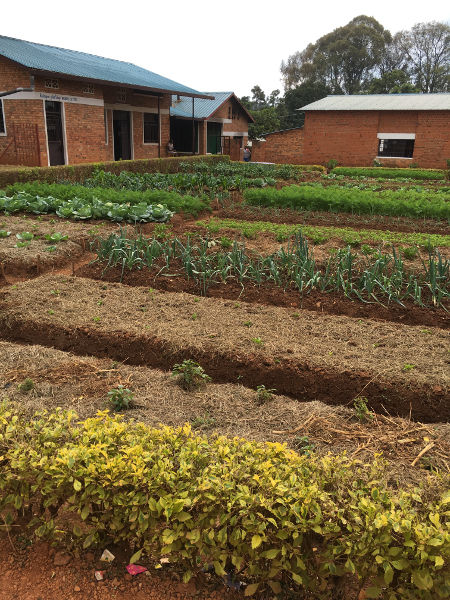
What does this indicator mean?
To monitor progress, the Netherlands is tracking the number of people that have benefited from improvements in their environment that make their nutritional situation less vulnerable, such as better (e.g. drought-resistant) water and sanitation, better health and hygiene or saving groups to buffer periods of scarce resources.
What does the result mean?
Netherlands-supported interventions directly reached more than 33 million people/children in 2016 and the nutritional situation of nearly 1.3 million of those became demonstrably more resilient. In 2015, about 18 million were reached, with demonstrably improved resilience for about 3.3 million. The decrease is due to the termination of the UNICEF water and sanitation programme, which produced the bulk of its results in 2015.
 Contribute to doubling agricultural productivity and income by 2030
Contribute to doubling agricultural productivity and income by 2030
The Netherlands aims to double the productivity and/or income of 8 million family farms by 2030. Thus far, Netherlands-supported agricultural growth activities directly reach millions of farms each year. The consolidated effects of that reach (on productivity and income, access to markets and resilience of farming systems) should eventually result in people being lifted out of poverty.
Number of farm holders with increased productivity and/or income
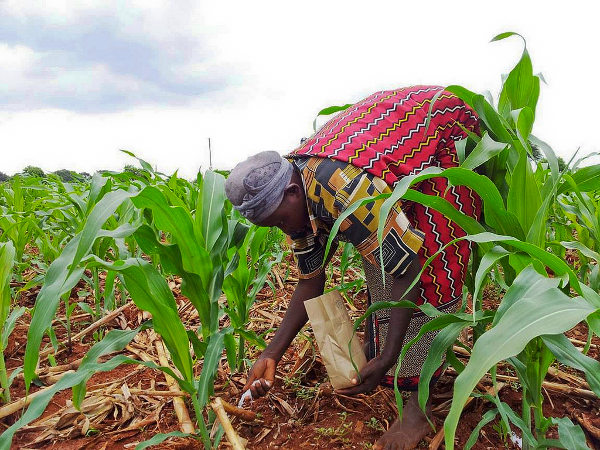
What does this indicator mean?
To monitor progress, the Netherlands is tracking the number of farm holders that measurably improved productivity and/or income as a result of receiving training, advice, technology, financial services, inputs, infrastructure and organisational strengthening.
What does the result mean?
Netherlands-supported interventions directly reached more than 7 million farm holders in 2016, of which nearly 2 million demonstrably improved their productivity and/or income. In 2015, also 7 million farm holders were reached, with a demonstrably improved productivity/income for about 1.7 million.
 Contribute to doubling agricultural productivity and income by 2030
Contribute to doubling agricultural productivity and income by 2030
The Netherlands aims to double the productivity and/or income of 8 million family farms by 2030. Thus far, Netherlands-supported agricultural growth activities directly reach millions of farms each year. The consolidated effects of that reach (on productivity and income, access to markets and resilience of farming systems) should eventually result in people being lifted out of poverty.
Number of farm holders with improved access to markets
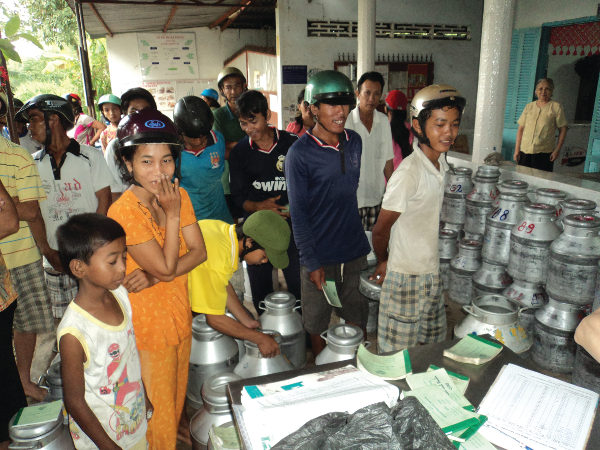
What does this indicator mean?
To monitor progress, the Netherlands is tracking the number of farm holders that benefited from value chain development, organisational strengthening and/or improvements in infrastructure, giving them better access to markets.
What does the result mean?
Netherlands-supported interventions directly reached more than 7 million farm holders in 2016, of which more than 1.5 million demonstrably improved their market access. In 2015, also 7 million farm holders were reached, with demonstrably improved market access for nearly 3 million. The decrease is due to a number of programmes reporting less results on this indicator for 2016, such as the International Fund for Agricultural Development (IFAD), the Global Agriculture and Food Security Programme (GAFSP) and the African Agribusiness Academy. Apparently, their 2016 activities did not focus on market access.
 Contribute to doubling agricultural productivity and income by 2030
Contribute to doubling agricultural productivity and income by 2030
The Netherlands aims to double the productivity and/or income of 8 million family farms by 2030. Thus far, Netherlands-supported agricultural growth activities directly reach millions of farms each year. The consolidated effects of that reach (on productivity and income, access to markets and resilience of farming systems) should eventually result in people being lifted out of poverty.
Number of farmers that became more resilient to stresses and shocks

What does this indicator mean?
Climate change puts pressure on farming systems in the form of stresses (such as higher temperatures or new pests and diseases) and shocks (like droughts or floods). To monitor progress, the Netherlands is tracking the number of farm holders that became more resilient to these stresses and shocks through the application of climate-smart practices, such as integrated soil fertility management, cool and well-ventilated stables, drought-tolerant varieties, drip irrigation and heat-resistant storage facilities.
What does the result mean?
Netherlands-supported interventions directly reached more than 7 million farm holders in 2016, of which more than 1.3 million demonstrably improved their resilience. In 2015, also 7 million farm holders were reached, with a demonstrably higher resilience for nearly 2 million. The difference is due to the fact that the International Fund for Agricultural Development's climate programme reported less on this indicator for 2016, which was partly compensated by more results from a productive safety net programme in Ethiopia.
 Contribute to sustainable land use
Contribute to sustainable land use
The Netherlands aims to support conservation practices on 7.5 million hectares of farmland between now and 2030. Thus far, Netherlands-supported land-use activities directly reach millions of hectares each year. The consolidated effects of that reach (on the efficient use of natural resources, watershed/landscape management and agro-ecological resilience) should eventually result in full conversion to sustainable land use.
Number of hectares of farmland used more eco-efficiently
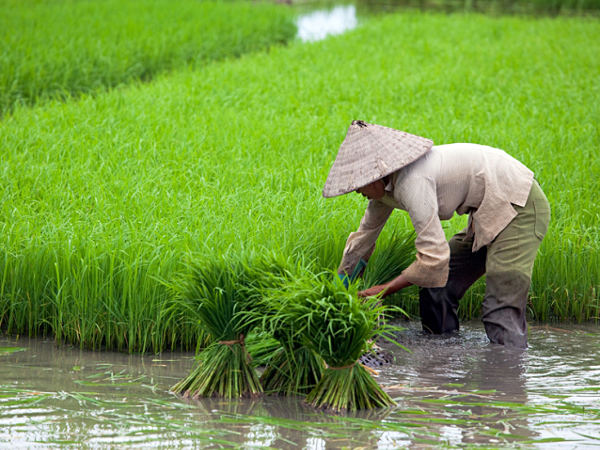
What does this indicator mean?
To monitor progress, the Netherlands is tracking the number of hectares of farmland that was cultivated using practices that measurably increase yield (output) per unit of natural resources, i.e. water, manure, fertiliser and land (input).
What does the result mean?
Netherlands-supported interventions directly reached more than 1.3 million hectares of farmland in 2016, of which nearly 370,000 hectares was demonstrably used more eco-efficiently. In 2015, nearly 2.4 million hectares was reached, with demonstrably improved eco-efficiency of nearly 575,000 hectares. The difference in reach is due to IFAD and CGIAR reporting less results for 2016 as compared to 2015. The difference in area under improved eco-efficiency is due to results in Mali (Niger delta) that were previously reported under this theme, but now have moved to the Water section.
 Contribute to sustainable land use
Contribute to sustainable land use
The Netherlands aims to support conservation practices on 7.5 million hectares of farmland between now and 2030. Thus far, Netherlands-supported land-use activities directly reach millions of hectares each year. The consolidated effects of that reach (on the efficient use of natural resources, watershed/landscape management and agro-ecological resilience) should eventually result in full conversion to sustainable land use.
Number of hectares of farmland that became part of improved natural resource (landscape/watershed) management
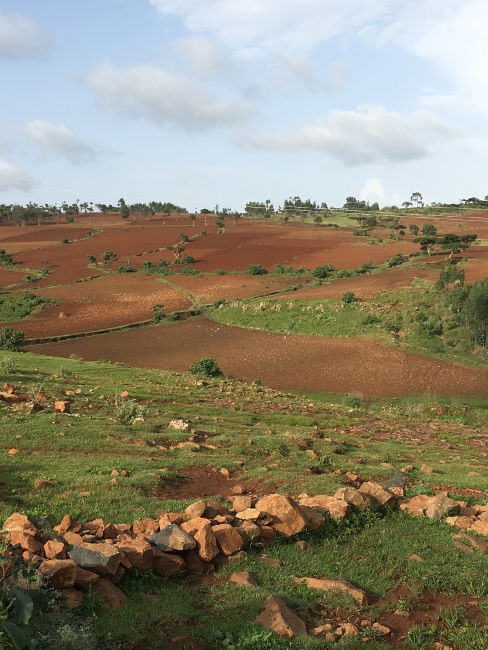
What does this indicator mean?
To monitor progress, the Netherlands is tracking the number of hectares of farmland that was included in area-based approaches to improved natural resource management, at the level of village lands, watersheds, landscapes, corridors, agro-ecological units and regions.
What does the result mean?
Netherlands-supported interventions directly reached more than 1.3 million hectares of farmland in 2016, including more than 100,000 hectares that came under improved natural resource management of the surrounding environment (landscape/watershed). In 2015, a comparable result was achieved for the latter.
 Contribute to sustainable land use
Contribute to sustainable land use
The Netherlands aims to support conservation practices on 7.5 million hectares of farmland between now and 2030. Thus far, Netherlands-supported land-use activities directly reach millions of hectares each year. The consolidated effects of that reach (on the efficient use of natural resources, watershed/landscape management and agro-ecological resilience) should eventually result in full conversion to sustainable land use.
Number of hectares of farmland that became more resilient to stresses and shocks
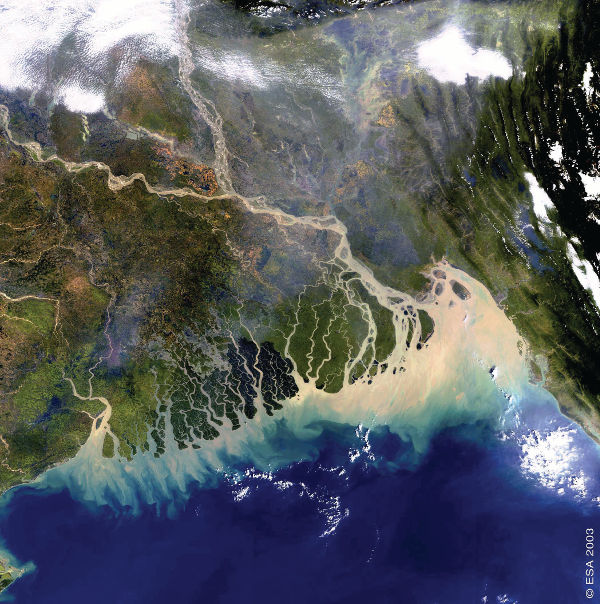
What does this indicator mean?
To monitor progress, the Netherlands is tracking the number of hectares of farmland that was cultivated using practices that measurably increase resilience, i.e. integrated soil fertility management, crop rotation, zero tillage, mulching, compost, agro-forestry, water harvesting, contour ridges and planting, etc.
What does the result mean?
Netherlands-supported interventions directly reached more than 1.3 million hectares of farmland in 2016, of which more than 175,000 hectares demonstrably became more resilient. In 2015, nearly 2.4 million hectares was reached, with demonstrably increased resilience of more than 375,000 hectares. The difference is due to the International Fund for Agricultural Development's climate programme, which reported worse results for 2016 (see also under objective 2 (Agricultural Growth), indicator 3).
 Enabling conditions for improved food and nutrition security
Enabling conditions for improved food and nutrition security
Better conditions need to be created to enable food and nutrition security. Indirectly, these conditions contribute to the previous results areas on a beneficiary level, i.e. to better food intake for undernourished people, increased productivity and income for farmers, and sustainability of land use. Priorities are tenure security, knowledge infrastructure and institutional capacities.
Number of farm holders that obtained land tenure security
Strengthening Customary Land Governance & Women’s Land Rights:
The Zambian Experience with the Social Tenure Domain Model. Pilot project implemented with the Huariou Commission in Zambia, supported by Global Land Tool Network. The Honourable Chief Chamuka explains.
What does this indicator mean?
To monitor progress, the Netherlands is tracking the number of farm holders that obtained a formal land title or other customary rights that guarantee access to land and allow for safe investments.
What does the result mean?
Secure land rights are a basic precondition for realising the ambitions of SDG 2 and an essential condition for the sustainable development of smallholder agriculture. The Netherlands has therefore actively participated in relevant international networks, such as the International Land Coalition and the Global Land Tool Network, through an active, Dutch, multi-stakeholder platform on land. Embassies in Bangladesh, Benin, Burundi, Colombia, Indonesia, Mozambique, Rwanda and Uganda have intensively invested in improved land rights for men and women. For the past three years, these efforts have resulted in tenure security for a total of more than 2.5 million people, of which an estimated 50% are women.
 Enabling conditions for improved food and nutrition security
Enabling conditions for improved food and nutrition security
Better conditions need to be created to enable food and nutrition security. Indirectly, these conditions contribute to the previous results areas on a beneficiary level, i.e. to better food intake for undernourished people, increased productivity and income for farmers, and sustainability of land use. Priorities are tenure security, knowledge infrastructure and institutional capacities.
Number of farmers equipped with new knowledge, technologies and/or skills.
In eastern Kenya, lack of rain is causing the failure of staple crops, like maize, and many families do not have enough to eat. Changing crops from maize to drought-tolerant sorghum may be the key to accessing food all year round.
What does this indicator mean?
To monitor progress, the Netherlands is tracking the number of farmers that benefited from training, advice, the introduction of new plant varieties, improved practices and new technologies.
What does the result mean?
Improved knowledge and technologies are key conditions for the sustainable, nutrition-sensitive development of smallholder agriculture. Generic silver bullets do not exist: the training of farmers requires demand-driven, tailor-made approaches. In 2015, around 2.0 million farmers were reached with new knowledge and technologies through such approaches. In 2016, this decreased to 1.1 million, due to less results from CGIAR. In addition, around one hundred research, extension and vocational training institutions have been supported and strengthened and these have importantly contributed to the quality and impact of farmers' training and extension.
 Enabling conditions for improved food and nutrition security
Enabling conditions for improved food and nutrition security
Better conditions need to be created to enable food and nutrition security. Indirectly, these conditions contribute to the previous results areas on a beneficiary level, i.e. to better food intake for undernourished people, increased productivity and income for farmers, and sustainability of land use. Priorities are tenure security, knowledge infrastructure and institutional capacities.
Number of institutions strengthened
In Rwanda, NICHE is supporting capacity development in the field of GIS because of its positive impact on sustainable development, in general, and on food security in particular.
What does this indicator mean?
To monitor progress, the Netherlands is tracking the number of institutions strengthened through training of staff, provision of equipment, organisational development, improved approaches and methods, and/or the establishment of collaborations and networks. The latter has links with 'international food diplomacy', such as through the FAO, WFP, World Bank, CFS, OECD, EU and World Economic Forum. It also entails engaging in policy dialogue, on a bilateral level, as well as Africa-wide, within the framework of the Comprehensive African Agricultural Development Programme.
What does the result mean?
Although difficult to assess in terms of its effects on individual target groups or specific target areas, strengthening of institutional capacity is essential for food and nutrition security. Concretely, this entails the strengthening of institutions, their capacities, their functioning and their networking and learning. In 2016, more that 1,000 institutions were strengthened.





